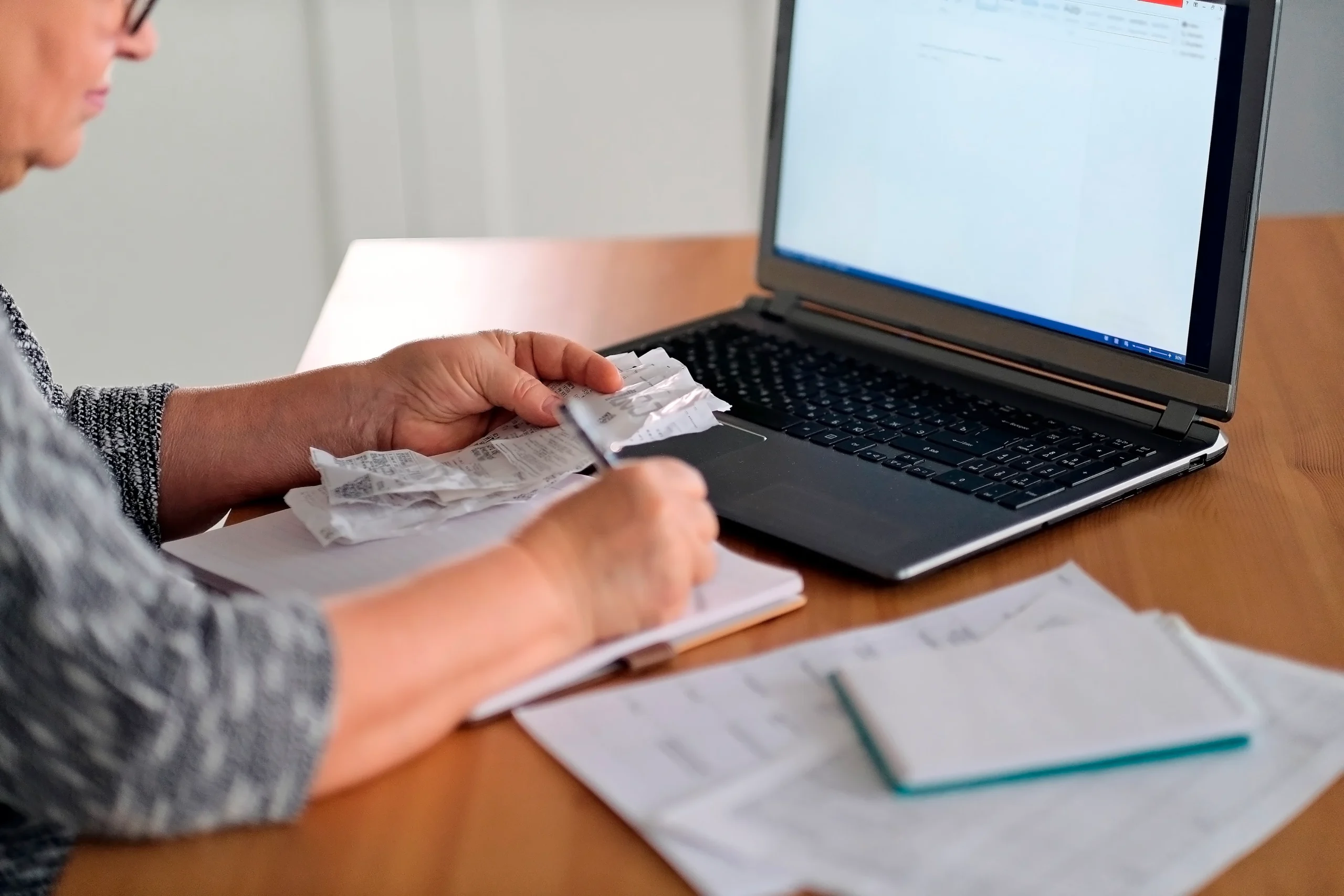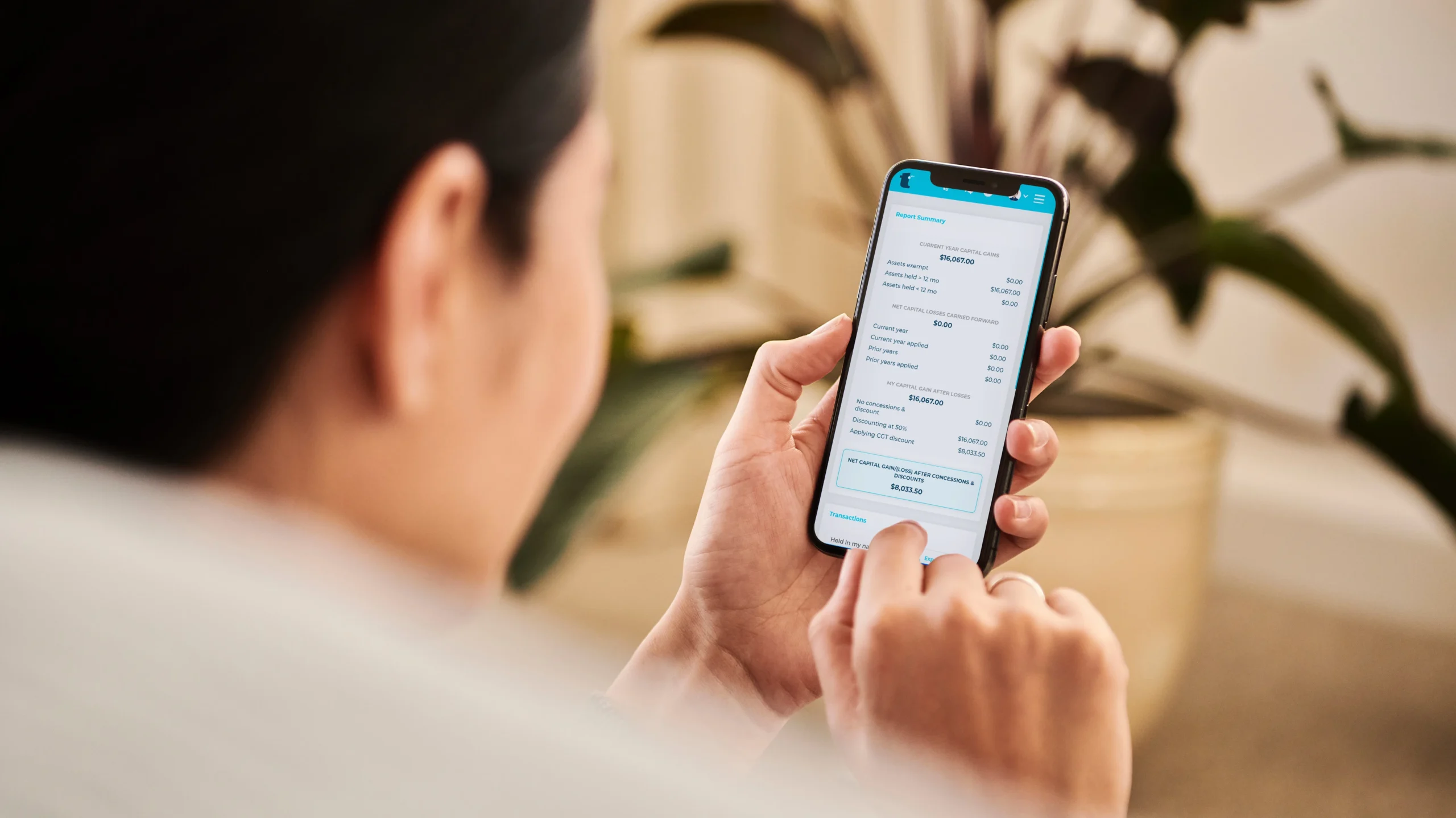Many people running their own Sole Trader businesses in Australia are still unsure about whether or not to register for GST. You may be worried that by adding 10% to your prices as a GST-registered business, you will turn off some potential customers. And then there is also the quarterly Business Activity Statement (BAS) to worry about, not to mention the potential for penalties if you fail to get it right. If this sounds like you, then read on for some advice about when to register for GST and some tips on how to make the process simple.
What is GST and how does it work in Australia
The GST is an important part of the Australian taxation system and provides revenue for the government to fund vital services such as healthcare and education. Most goods and services sold in Australia are subject to the Goods and Services Tax (GST). GST is an additional 10% charge on the price of goods and services; however, many items are exempt from GST, such as some foods, education, and healthcare services. You also don’t include GST on products and services that are exported.
If your business is registered for GST, you must charge it on the goods and services you sell or provide in Australia. This means you will need to add a GST amount on the tax invoice you give to the customer. In addition to collecting GST, businesses pay GST on the products and services they buy.
When do you need to start collecting GST as an Australian sole trader?
Deciding when to register your business for GST can be tricky for some businesses. Whilst there is a line in the sand of $75,000 in business income or sales indicating that you must register, businesses that are on the cusp of this figure must pay careful attention to their monthly takings to project whether or not the threshold will be met by the end of their financial year. If your business does reach the threshold and isn’t registered, you could still be liable to pay GST. Therefore, it’s important to register as soon as you think that your business will go above the $75,000 threshold, otherwise, you will be out of pocket because you haven’t included it in your prices!
It’s important to point out that taxi and rideshare providers need to register for GST regardless of their annual turnover.
How to register for GST
To register for GST, you will need to have an Australian Business Number (ABN). You can apply for an ABN through the Australian Taxation Office (ATO). Once you have an ABN, you can register for GST through the Australian Business Register website. When you register for GST, you will be assigned a taxation period. This is usually quarterly, but can also be monthly or annual. You will need to file a GST return at the end of each taxation period and pay any GST owing. If you are registered for GST, you can claim back any GST that you have paid on business purchases.
What tax deductions can you claim against your GST
If you’re registered for GST, you can claim a credit for any GST included in the price you pay for things you use in your business. This is called an input tax credit, or a GST credit. You can claim GST credits if you intend to use your purchase solely or partly for your business. This includes anything from office supplies to advertising and marketing expenses. You can also claim GST credits for the cost of business travel, as long as it’s for business purposes. So if you’re planning a trip to meet with clients or attend a conference, you can expense the cost of your flights, accommodation, and meals. Just be sure to keep all of your receipts!
The advantages and disadvantages of registering for GST as a sole trader
There are a number of advantages and disadvantages to registering for GST as an Australian sole trader. Let’s delve into what these are now:
Advantages
One of the main advantages is that you will be able to claim GST credits for any business expenses that you incur. This can help to reduce your tax liability and keep your costs down. Another advantage is how your business will be perceived by customers. If you don’t charge GST, you are effectively telling people that your annual turnover is less than $75,000. This might make some potential customers question the quality of your products or services. By registering for GST, you can send a strong signal that you are a professional and successful business. This can help to attract more customers and boost your bottom line. So, if you’re not already registered for GST, it’s definitely worth considering.
Disadvantages
On the other hand, registering for GST can be somewhat complicated, and there are strict rules around claiming your GST credits. You will also need to file regular business activity statements, which can be time-consuming. That is, if you aren’t already using the best sole trader tax help software.
Final thoughts
Congratulations! You’ve made it to the end of this blog post and now you know everything there is to know about GST in Australia. Just kidding, we would never try to fit all of that information into one single blog post. But what we hope you took away from this article is a better understanding of how GST works in Australia and some tips to help you decide whether or not you should register for GST.
If you do decide to take the plunge, or if you already are registered for GST, take a look at TaxTank’s brand new sole trader tax platform. For many sole traders, managing their taxes can feel like a full-time job in itself. Fortunately, TaxTank is here to help. We offer a range of powerful tools to make tax time less stressful, including auto invoicing, business reporting, and smart expense tracking. Our easy-to-use platform makes it simple to keep track of your finances and ensure you’re always on top of your tax obligations. Plus, our tax summary gives you a clear overview of your situation throughout the year, so you can focus on what you do best safe in the knowledge that you’re prepared come tax time. Try TaxTank today and see how easy and stress-free managing your taxes can be.





